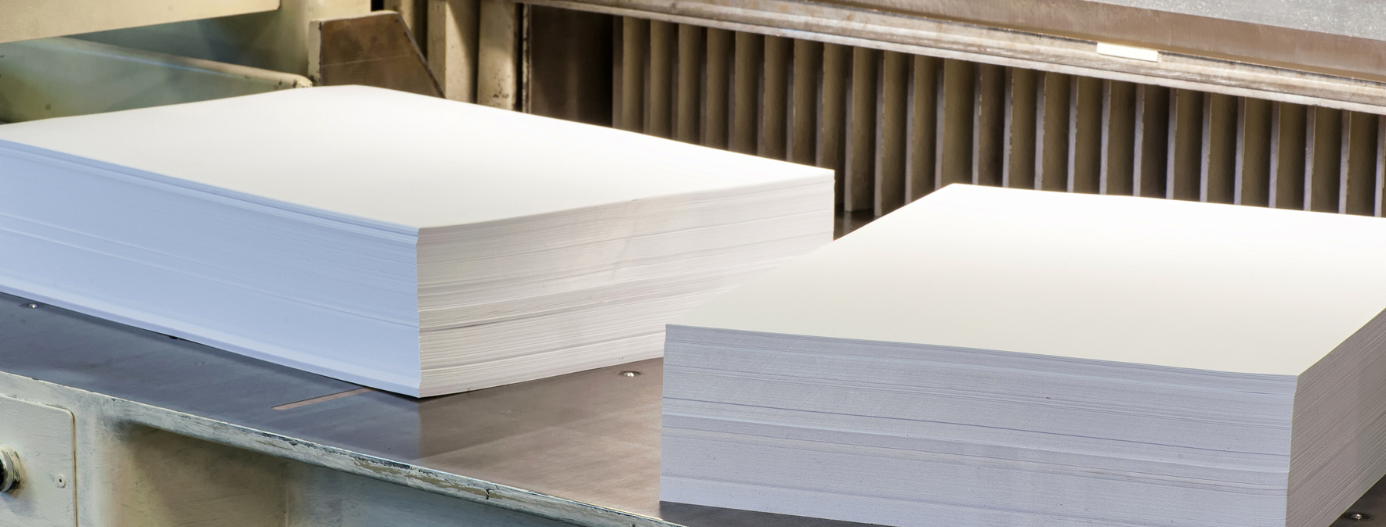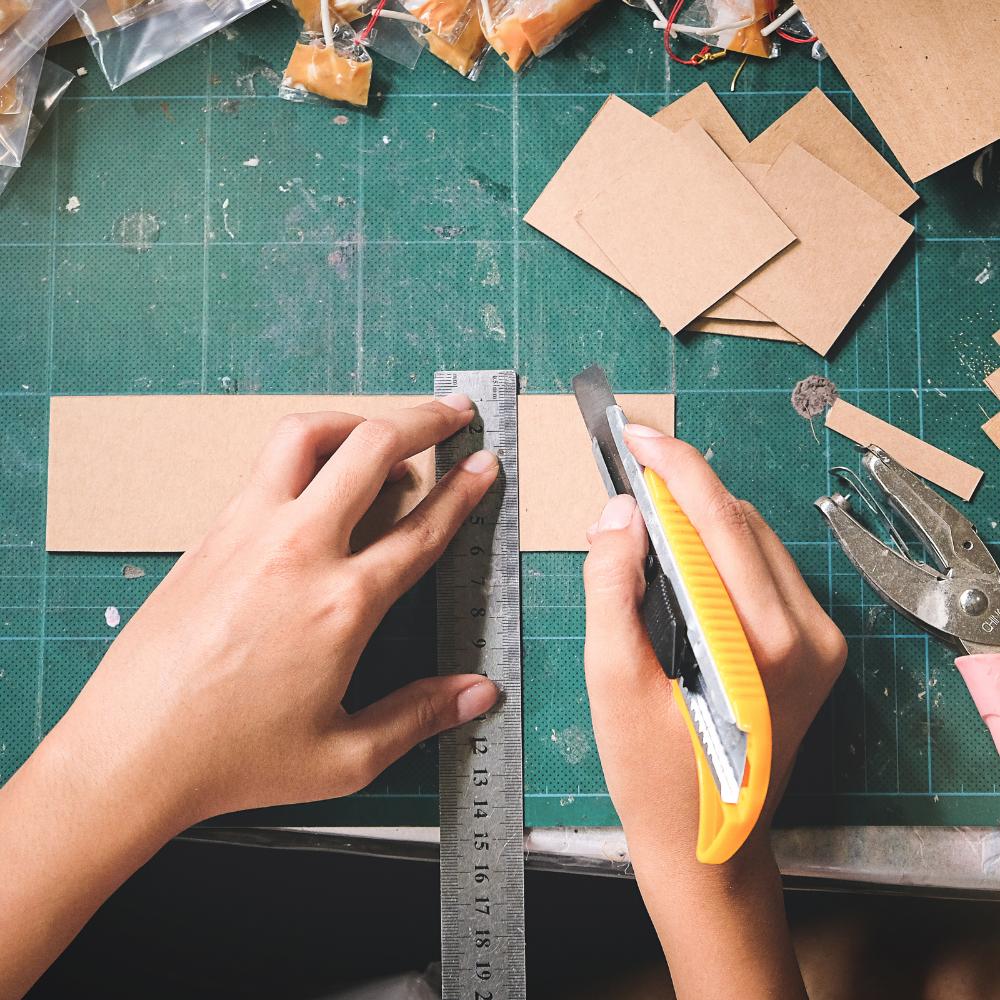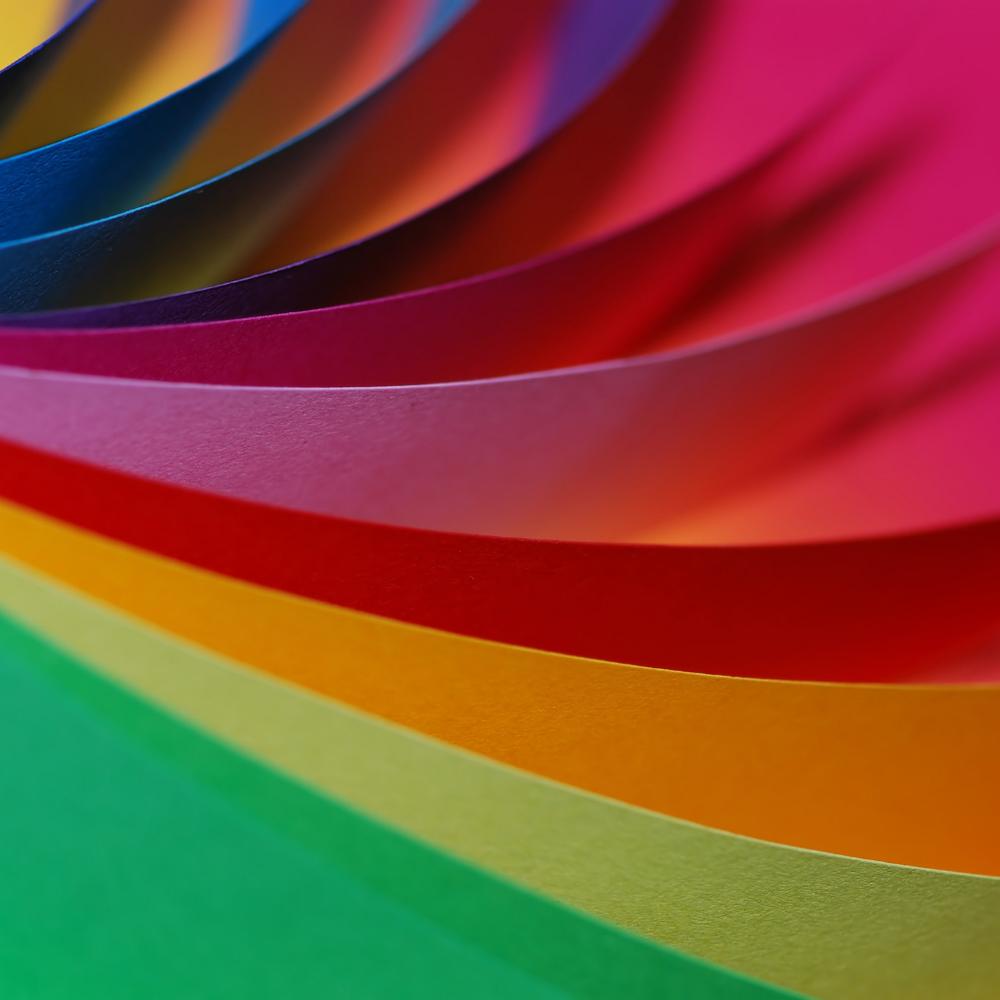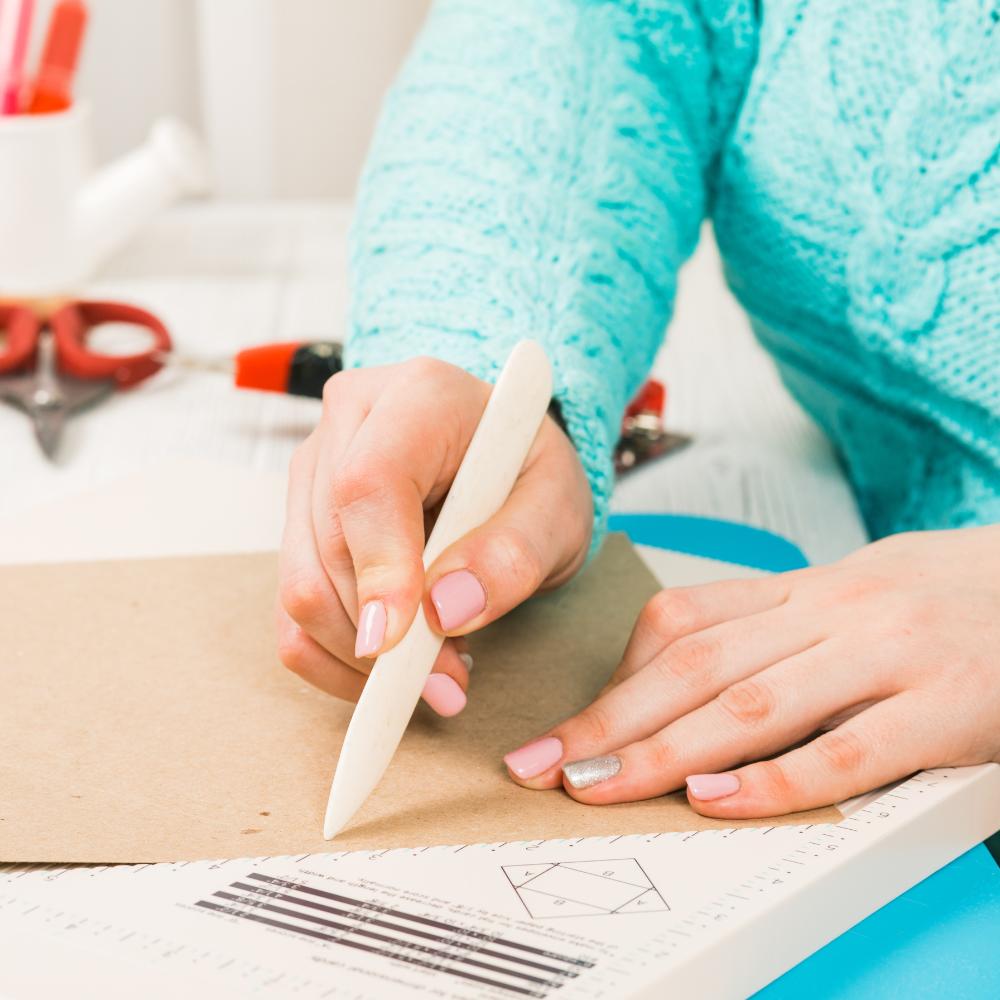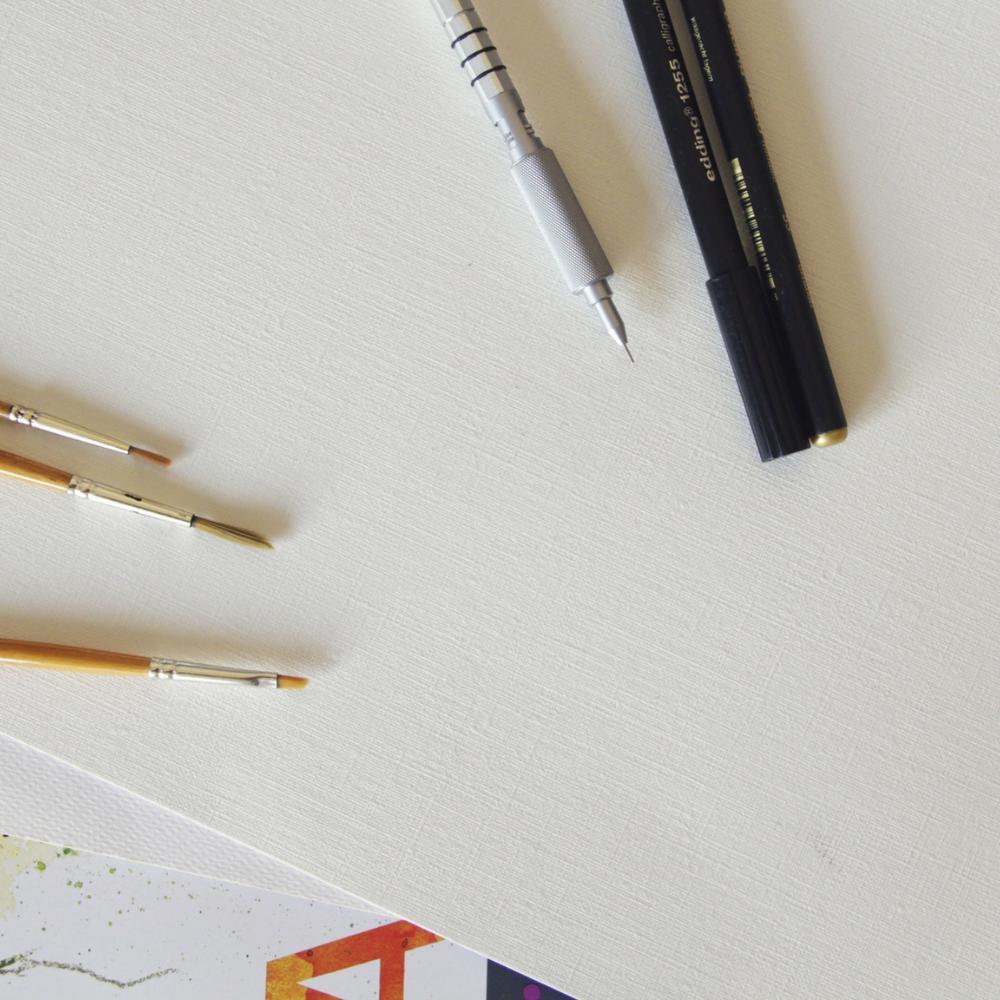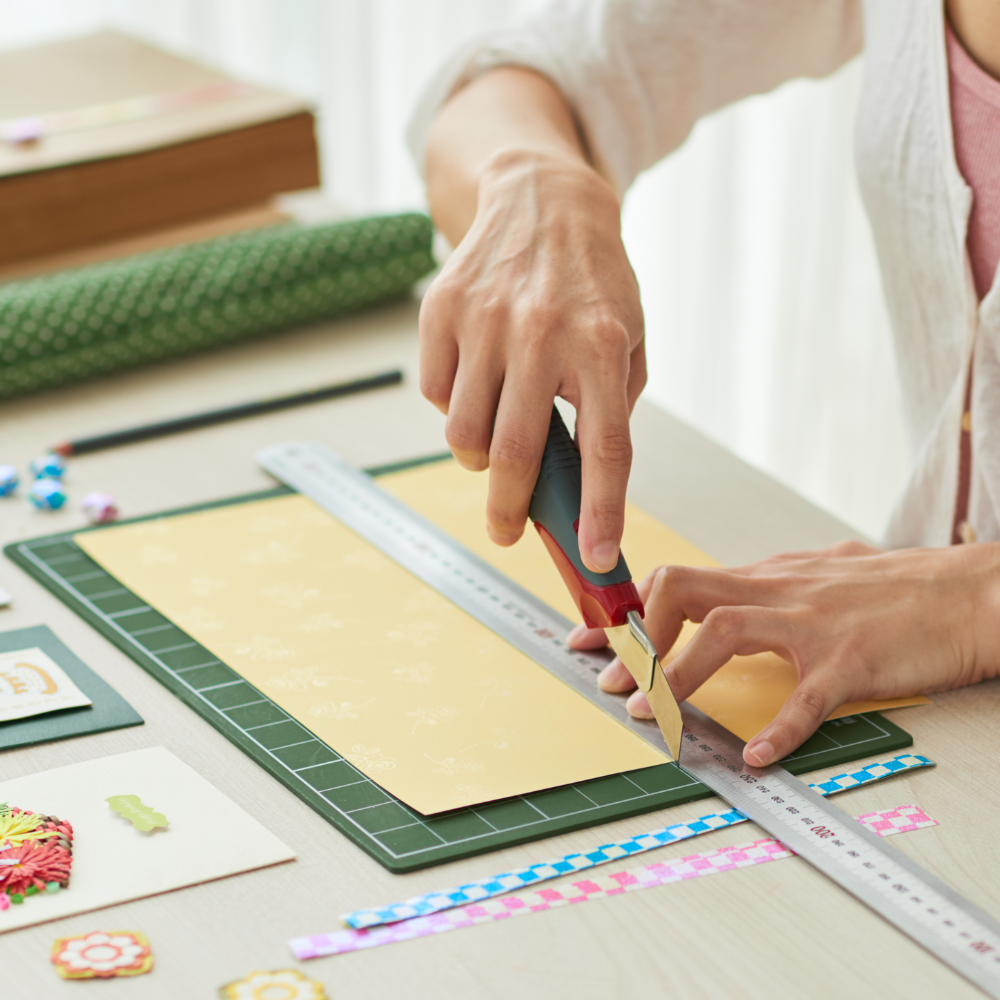Your Guide To Sustainable Printing In 2022
Now that we are switching towards a future that has sustainable processes and alternatives to almost all aspects of life, we could begin to look into printing as well. No matter how much we may think paper isn't going to last forever, it is still very much part of our lives and printing is necessary for almost half of all the things that we need to do with paper.
So is printing also one of the things that isn't good for the environment? Just like all things paper, at ThunderBolt paper, we are understanding that sustainability is the need of the hour, including for all the printing processes as well.
With this article we explore just how printing impacts the environment or even causes pollution to what can be done to solve this problem. Here are all the things that you need to know for printing and considering a switch to sustainable printing in the year 2022.
Printing can also be bad for the environment
Printing industry is also one of the major contributors of the compromised state of the environment that we know of today. There are endless kinds and types of printing materials that are still going through a printer every day, some of them including flyers, food packaging books, posters wrappers, brochures, pamphlets, books etc.
Some major problems caused by the printing industry includes waste management, air pollution and energy use. The major part of these pollutants are the photographic chemicals and solvent waste that are highly toxic and potentially harmful for nature and in turn all living beings. Especially if these toxins are released in nature, it can mix with water sources that reach animals and human beings, causing potentially catastrophic chemical toxicity.
A lot of waste from the printing industry such as paper pallets can be harmful if not taken care of properly through recycling. The saving grace is that the solutions to most of these problems are possible, beginning from recycling paper.
Recycling paper is critical
The thing about recycling is that you probably would have come across the piece of information that says almost all kinds of paper are recyclable. What it really comes down to when it comes to recycling paper is little about the kind of paper you're recycling, but mostly about your effort to find a recycling facility near you.
Most of the paper that we use still ends up in landfills and as already mentioned, photo printing paper can be highly toxic for landfill, polluting soil and water sources. So it is critical to not only recycle paper to reduce the amount of deforestation for paper production, but also ensuring photo paper is separated, properly treated and recycled.
Using recycled paper and then recycling that paper is the most important part of sustainable printing because we need to stop or reduce deforestation to keep the forest intact for ourselves and future generations, and that is how we can begin sustainable printing.
Switch to eco-friendly printing
The thing about traditional printing is that it uses a lot more raw materials than the final product or prints itself. Moreover, the printing plate used for printing each kind of print is usually thrown away after use, ultimately adding to more trash.
You cannot print a few prints with the traditional printing methods and end up printing numerous prints, a lot of which will eventually go to waste. By switching to recycling the paper and using recycled photo printing paper you can move towards the next step of sustainable printing which is finding an alternative to the traditional printing methods.
As more and more businesses try harder every day to become more eco-friendly and reduce their carbon footprint there is always an option for reducing the need for printing altogether, but if printing is absolutely necessary then the process can be made eco-friendly by trying alternative printing methods like digital printing.
Try digital printing
One of the first things that you can know about digital printing is that it does not use a printing plate to be made each time you need a print. Usually, the ink sits on the top most surface of the paper, which reduces the amount of ink being used than conventional printing methods.
Not only is digital printing much quicker than traditional fitting methods, you can also run as few prints as you may need, making it an extremely cost-effective method for printing.
If you are someone who requires to print promotional materials, books or photos or art or display, you must consider sustainable practices for printing. We would love to hear your experience is along with any tip that you may have, through or social media channels or in the comments below. Have you tried sustainable printing yet?




